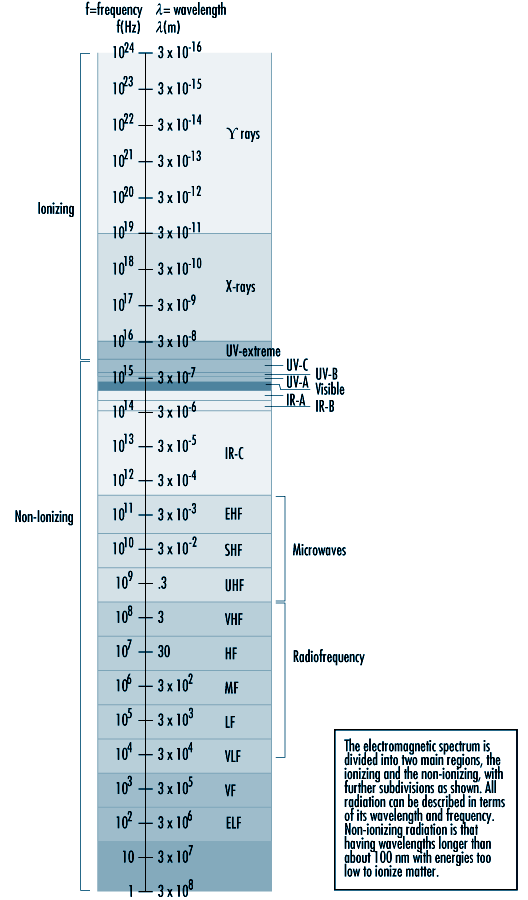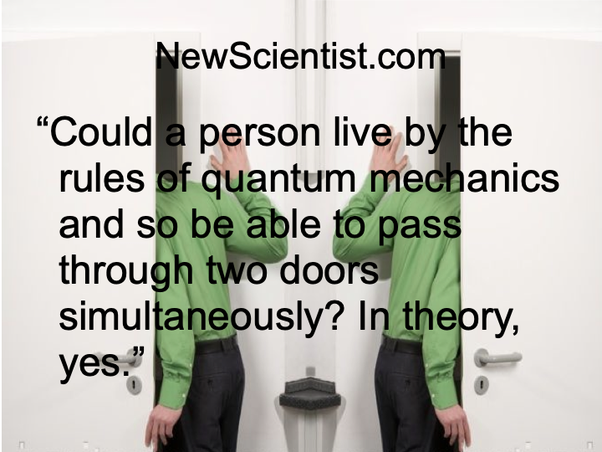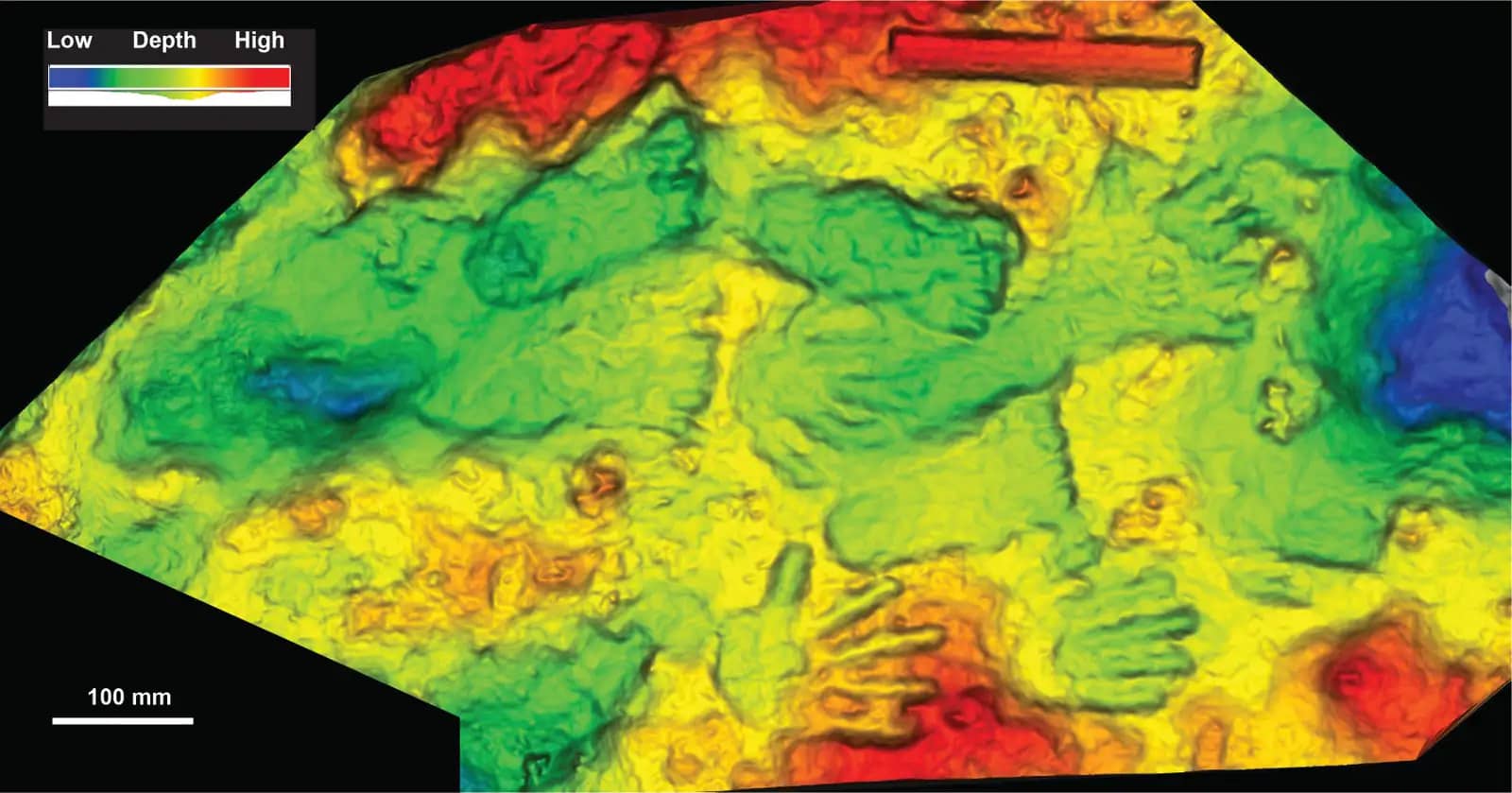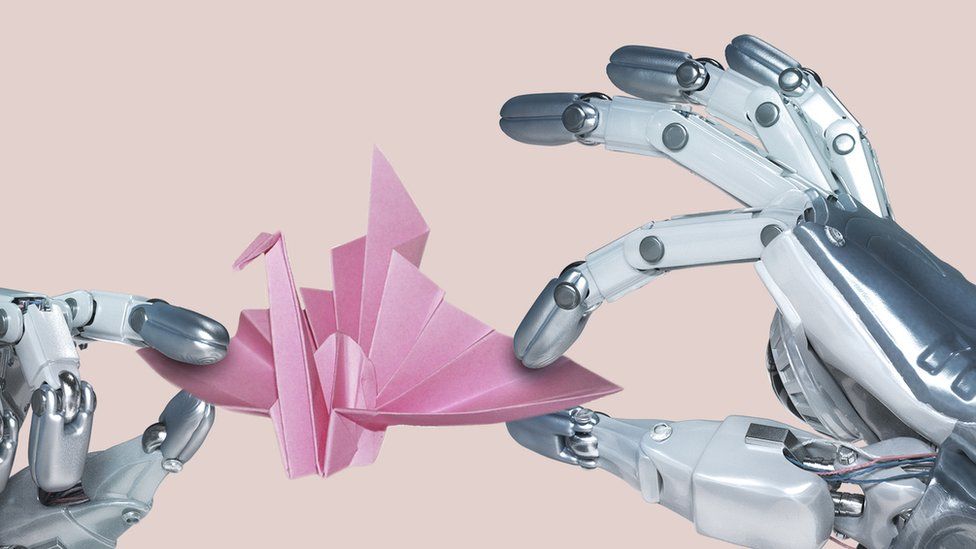Impressions from this morning's walk



NIER Effects on Flora & Fauna: A Major Review

A detailed examination —likely the most exhaustive ever attempted— of the environmental effects of non-ionizing radiation has been published in Reviews on Environmental Health.
“Effects of Non-Ionizing Electromagnetic Fields on Flora and Fauna” is in three parts, the last of which was posted today. They are:
Taken together, the three papers run over 200 pages in the journal and include more than 1,000 references.
The authors are Blake Levitt, Henry Lai and Albert Manville. Levitt is a science journalist, based in Connecticut, and the author of Electromagnetic Fields: A Consumer's Guide to the Issues and How To Protect Ourselves, first published in 1995. Lai is a professor emeritus at the University of Washington, Seattle. In the 1990s, he and N.P. Singh were the first to show that ELF (60 Hz) EMFs and RF radiation could lead to DNA breaks. Manville is a lecturer at Johns Hopkins University in Baltimore and, formerly, a wildlife biologist with the U.S. Fish and Wildlife Service.
“We approached it from the biology/environmental ecosystem level, rather than the typical physics and/or human physiology side,” Levitt told Microwave News. She added that they are planning to publish a book on the topic for the lay reader.
How Big Tech Runs Tech Projects and the Curious Absence of Scrum - "Team autonomy and high satisfaction seemed to be correlated."

Escher Circuits: Using Vision to Perform Computation

In 2008, Mark Changizi, a Sloan-Swartz Fellow in Theoretical Neuroscience at Caltech, noted that the eye can make sense of complex relationships that often mystify the brain: "Our everyday visual perceptions rely upon unfathomably complex computations carried out by tens of billions of neurons across over half our cortex. In spite of this, it does not “feel” like work to see. Our cognitive powers are, in stark contrast, “slow and painful,” and we have great trouble with embarrassingly simple logic tasks."
Might it be possible to harness our visual computational powers for other tasks, perhaps for tasks cognition finds difficult? In other words, could we trick the eye into performing computation? Changizi proposed the Escher Circuit, "a special kind of image that amounts to 'visual software' our 'visual hardware' computes" merely through perception.
US Congress Taking Revolutionary Steps Towards A Central Bank Digital Currency (Analysis)

The future of money is here; will the Federal Reserve Board be authorized to use distributed ledger technology for the creation, distribution and “recordation” of all the transactions of a Digital Dollar?
Related: Video Analysis of this development

Fed Chairman Jerome Powell reiterated yesterday that the Fed is in the process of evaluating the issue of a central bank digital currency (CBDC) and that it will release a whitepaper on digital currencies “soon.” He had previously announced the whitepaper in July, saying its goal was to begin a major public conversation and lay out the potential benefits and also the potential risks of a CBDC.
Quantum Entanglement Has Now Been Directly Observed at a Larger Macroscopic Scale

While there's nothing to say that quantum entanglement can't happen with macroscopic objects, before now it was thought that the effects weren't noticeable at larger scales – or perhaps that the macroscopic scale was governed by another set of rules. This new research suggests that's not the case. In fact, the same quantum rules apply here, too, and can actually be seen as well. Researchers vibrated the tiny drum membranes using microwave photons and kept them kept in a synchronized state in terms of their position and velocities. Both the first and the second study have been published in Science.
Strange, repeating radio signal near the center of the Milky Way has scientists stumped

Astronomers have detected a strange, repeating radio signal near the center of the Milky Way, and it's unlike any other energy signature ever studied. According to a new paper accepted for publication in The Astrophysical Journal and posted on the preprint server arXiv, the energy source is extremely finicky, appearing bright in the radio spectrum for weeks at a time and then completely vanishing within a day. This behavior doesn't quite fit the profile of any known type of celestial body, the researchers wrote in their study, and thus may represent "a new class of objects being discovered through radio imaging."
200,000-Year-Old Hand Art Found Near a Tibetan Hot Spring (gizmodo)

An international team of researchers has reported the discovery of hand and foot prints from Quesang, in the Tibetan Plateau. The fossil impressions, which date to between 169,000 and 226,000 years ago and seem to have been created intentionally, could represent the earliest known art of its kind. Called parietal art, this form of ancient visual expression typically crops up on cave walls but can also be made on the ground, as appears to be the case for the recent Tibet discovery.
AI cannot be the inventor of a patent, appeals court rules (BBC)

Artificial intelligence (AI) cannot be the inventor of new patents, the UK Court of Appeal has ruled. Patents assign the ownership of a new invention to its creator. At its core, the argument is about whether a law written for human inventors can be applied to machines. The appeal court ruled against Stephen Thaler, creator of a system called Dabus, who took a case against the UK's Intellectual Property Office (IPO) which refused patents to his AI.
We have ruined our cities for parking lots. Mapping parking in Little Rock, Arkansas, USA (via)

Imagine a world where all the energy invested into controlling and manipulate people, was instead invested into composting and related nature-focused practices. An attainable vision.

